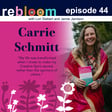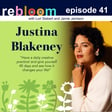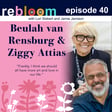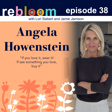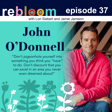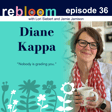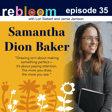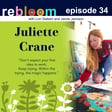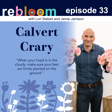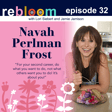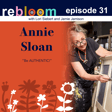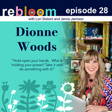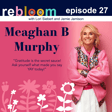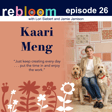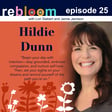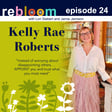
The Art of Transformation with Gayle Kabaker
Gayle Kabaker is an award-winning illustrator, writer, and visual storyteller whose work celebrates femininity and beauty in all forms. After graduating from the Academy of Art in San Francisco, she began as a freelance fashion illustrator, setting the stage for her artistic evolution.
Her career took a pivotal turn in 2012 when her piece June Brides became the first of ten New Yorker covers, celebrating marriage equality. She later painted 100 portraits for Vital Voices: 100 Women Using Their Power to Empower, featured in a book and an exhibition at the Kennedy Center in Washington, D.C.
During the pandemic, Gayle documented her experience through The Washington Post column Sketching My Way Through Crisis, showcasing the therapeutic power of a sketchbook practice. More recently, she painted her way around Australia in a collaboration with Condé Nast Traveler and The New Yorker for Tourism Australia.
A dedicated educator, Gayle teaches workshops globally with her teaching partner Jennifer Orkin Lewis and shares her work through her online shop (gkabaker.com). Her original cover art is currently featured in a New York City exhibition celebrating 100 years of The New Yorker covers, marking yet another milestone in her ever-evolving creative journey.
Tune in to the ReBloom Podcast as we share Gayle’s incredible art journey!
Thank You to Our Sponsors: Jet Creative and UrbanStems!
· Jet Creative: A women-owned marketing firm committed to community and empowerment. Whether you’re launching a podcast or building a website, Jet Creative can help you get started. Visit JetCreative.com/Podcast to kickstart your journey!
· UrbanStems: Your go-to source for fresh, gorgeous bouquets and thoughtful gifts, delivered coast to coast. Treat yourself—or someone you love—with 20% off! Use code BLOOMBIG20 at checkout.
Website: https://gkabaker.com
Instagram: https://www.instagram.com/gaylekabaker
Conde Nast Traveler:
